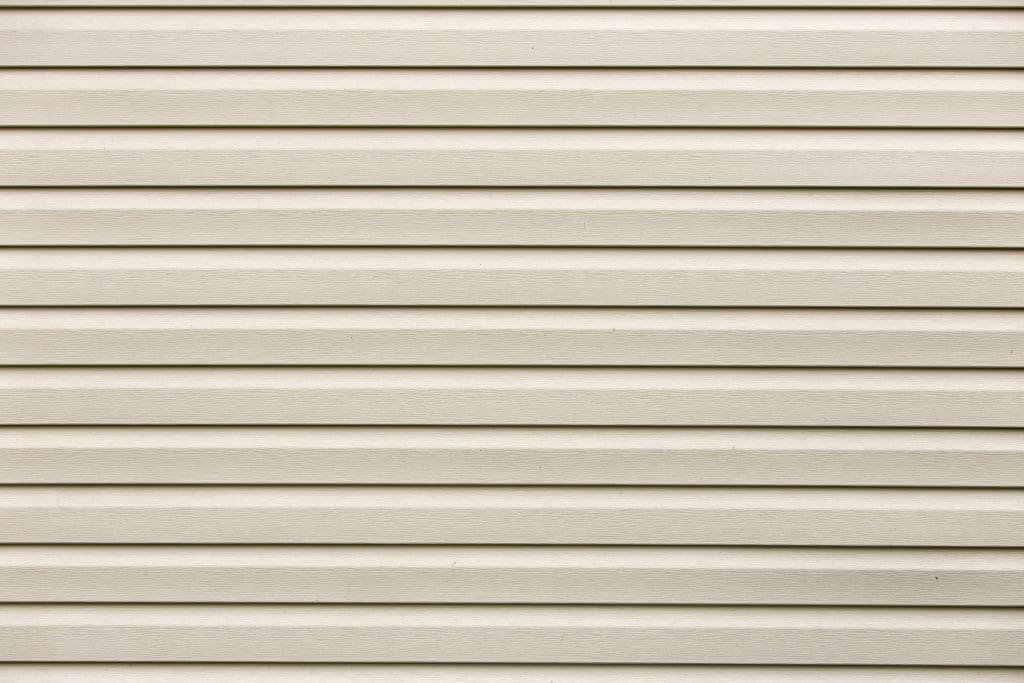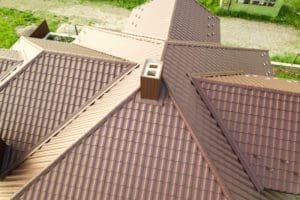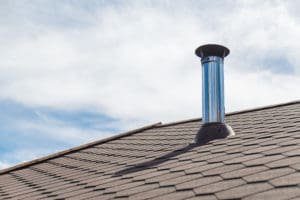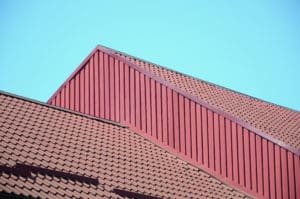Siding Repair vs. Full Replacement: Making the Right Decision
When it comes to your home’s exterior, your siding plays a pivotal role in safeguarding it from the elements and enhancing its overall aesthetics. Over time, however, siding can succumb to damage or wear and tear, demanding your attention. For homeowners facing siding issues, the decision often boils down to this: siding repair vs. full replacement? This article will expertly guide you through this decision-making process, providing insights tailored to High Point Roofing’s roofing services.
Understanding Siding Repair and Full Replacement
What is Siding Repair?
Siding repair entails addressing specific issues or damages on your existing siding, rather than replacing the entire system. This can include fixing cracks, replacing individual damaged boards, or refinishing the siding to restore its appearance and shield it from further damage.
Siding repair is often a cost-effective option compared to full replacement, as it necessitates less material and labor. It’s particularly apt when the damage is localized and doesn’t compromise the siding’s structural integrity.
When contemplating siding repair, it’s crucial to enlist the expertise of a professional contractor experienced in various siding materials. They can assess the damage’s extent and recommend suitable repair methods.
One common issue prompting siding repair is water damage. Ingress of water into the siding can lead to rot, mold, and mildew. Timely repair of these damaged areas can avert further deterioration and potential structural problems.
Another scenario warranting siding repair is the emergence of cracks or gaps in the siding. These may result from temperature fluctuations, house settling, or incorrect installation. Addressing these issues helps preserve the siding’s integrity and prevents moisture intrusion.
What Does Full Siding Replacement Entail?
Full siding replacement involves the complete removal of existing siding and the installation of new materials. This affords an opportunity to update your home’s appearance, enhance energy efficiency, and address underlying issues that may not be immediately apparent.
While full replacement constitutes a substantial investment, it delivers long-term benefits like extended durability, superior insulation, and enhanced curb appeal. It’s advisable when the siding is extensively damaged, warped, or has reached the end of its life expectancy.
When considering full siding replacement, several factors come into play. First and foremost, you must select the appropriate siding material for your home. Options encompass vinyl, fiber cement, wood, and metal. Each material brings distinct advantages and considerations such as maintenance requirements, cost, and aesthetic appeal.
Furthermore, the installation process for full siding replacement demands meticulous planning and expertise. The old siding must be correctly removed, and the new siding must be installed accurately to ensure a seamless and long-lasting finish. Engaging a professional contractor experienced in siding replacement is paramount for optimal results.
During the full siding replacement process, there exists an opportunity to augment your home’s insulation. Incorporating additional insulation layers or upgrading existing insulation can heighten energy efficiency and reduce heating and cooling expenses.
Additionally, full siding replacement empowers you to transform your home’s appearance. You can choose from an extensive array of colors, textures, and styles to craft your desired look and amplify your home’s curb appeal.
Factors to Consider When Making Your Decision
Assessing the Condition of Your Siding
The initial step in deciding between repair and replacement is a comprehensive evaluation of your siding’s condition. Minor issues, such as a few cracks or loose boards, can frequently be effectively resolved through repair. However, if the damage is widespread, with multiple boards exhibiting signs of rot or decay, replacement may be necessary to ensure the siding’s longevity and functionality.
Seeking the counsel of a professional siding contractor can assist you in gauging the extent of the damage and determining the most suitable course of action.
Considering the Cost: Repair vs. Replacement
Cost is an instrumental factor in any home improvement decision. Siding repair generally presents a more budget-friendly option than full replacement, as it necessitates fewer materials and less labor. Nevertheless, the cost differential can fluctuate based on factors such as the extent of damage, the siding material type, and local labor rates.
When evaluating costs, it is imperative to factor in long-term repercussions. While repair may appear more financially prudent in the short term, if your siding approaches the end of its lifespan, you might confront additional repairs in the near future. In such cases, a complete siding replacement could prove more cost-effective over time.
The Impact on Home Value
Siding plays a pivotal role in a home’s curb appeal and overall value. Deteriorated or damaged siding can detract from your home’s visual appeal and affect its resale potential. Opting for full replacement can significantly enhance your home’s aesthetic allure, potentially heightening its market value.
It’s important to note that the impact on home value can fluctuate based on factors such as the quality of the replacement materials, your home’s architectural style, and the local real estate market. Consultation with a real estate professional can furnish valuable insights into the potential return on investment associated with siding repair or replacement.
The Pros and Cons of Siding Repair Benefits of Opting for Siding Repair
One of the standout advantages of siding repair is its cost-effectiveness relative to full replacement. By addressing localized damage, you can reestablish the functionality and appearance of your siding without straining your budget.
Moreover, siding repair typically represents a speedier process compared to replacement, resulting in minimal disruptions to your daily routine. It enables you to promptly tackle specific issues and avert further deterioration of your siding.
Potential Drawbacks of Siding Repair
While repair is a budget-friendly option, it may not be suited to all circumstances. If your siding is significantly aged, deteriorated, or bears extensive damage throughout, repair may serve as merely a temporary fix.
Another drawback pertains to visual cohesion. Repaired areas may not perfectly match the original siding, leading to a visual mismatch that can impact your home’s overall aesthetics.
The Pros and Cons of Full Siding Replacement Advantages of Full Siding Replacement
Full siding replacement grants homeowners the ability to entirely reimagine their home’s appearance. It allows for the installation of modern, energy-efficient materials that can elevate your home’s insulation and curtail utility costs.
Furthermore, replacing siding eradicates potential hidden issues, such as concealed water damage or pest infestation, which may elude detection during a mere repair assessment. It engenders peace of mind and assures the enduring durability of your home’s exterior.
Disadvantages of Full Siding Replacement
The chief drawback of full siding replacement resides in its higher initial cost in comparison to repair. It mandates more extensive labor and materials, rendering it a more substantial financial investment.
Additionally, full replacement can consume time, contingent upon your home’s size and the project’s complexity. It may necessitate temporary relocation or adjustments to your daily routine.
Making the Final Decision: Repair or Replace?
When to Choose Siding Repair
Siding repair emerges as a prudent choice when damages are localized, your siding remains relatively new, and its overall condition remains sound. If budget-consciousness and immediate repairs rank among your primary concerns, siding repair offers an effective solution.
However, it’s imperative to contemplate your siding’s expected lifespan and weigh potential future repair costs against the initial savings of a repair.
When to Opt for Full Replacement
Full siding replacement comes highly recommended when the siding exhibits significant damage, deterioration, or approaches the culmination of its expected lifespan. If you aim to rejuvenate your home’s appearance, enhance energy efficiency, and guarantee long-term durability, full replacement stands as the preferred course of action.
Consider engaging a siding professional to appraise your particular circumstances, evaluate the pros and cons, and facilitate an informed decision.
Conclusion
Electing between siding repair vs. full replacement constitutes a momentous decision for homeowners. By comprehending the benefits, drawbacks, and considerations inherent to each option, you can confidently make a choice aligned with your budget, your siding’s condition, and your long-term visions for your home. Whether you opt for repair or replacement, preserving and safeguarding your siding remains quintessential to preserving your home’s structural integrity and aesthetic allure.





